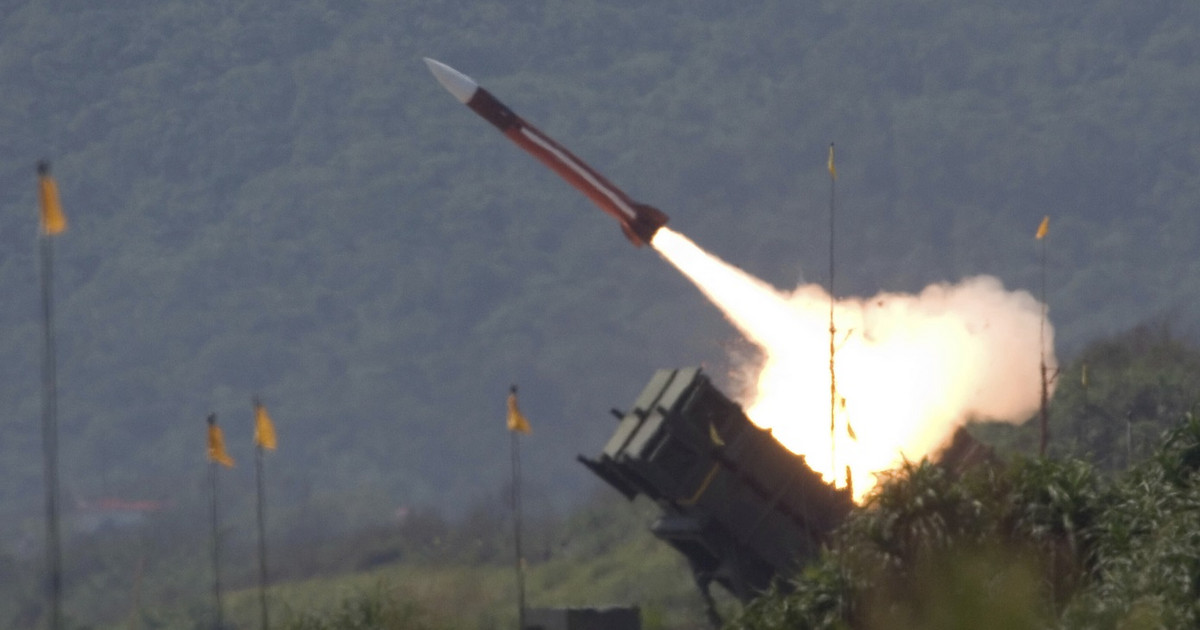Bitcoin’s realized volatility has peaked since March 2020, when global financial markets, including cryptocurrencies, experienced a rapid collapse. Realized volatility is understood as the average deviation of the asset rate over 30 days. Over the past month, the value has risen to 103%.
The observed dynamics is explained by sharp ups and downs in the price of the first cryptocurrency in the period under consideration. After reaching a high of around $ 42,000, on January 11, Bitcoin experienced the largest decline in its history in dollar terms. Unlike the March events, in this case, the increase in volatility occurs in a bull market, which is characterized by price fluctuations as a result of investors fixing profits.
“The higher the volatility of the exchange rate, the greater the magnitude of changes in the price of bitcoin. This is expected in a bullish cycle, “Quantum Economics analyst Pedro Febrero told Decrypt.
At the same time, over longer time periods, there is a decrease in volatility as the market capitalization increases.
In addition to volatility, the difficulty of Bitcoin mining has also increased. At the last recalculation on Saturday, the value increased 1.05% to a new record of 20.82 T, according to BTC.com, while maintaining the current block addition rate, mining difficulty is expected to increase again in two weeks. At the same time, the hash rate is stable at about 150 EH / s.
The CEO of the CryptoQuant analytical platform, Ki Yong Joo, meanwhile, says that his expectations for the behavior of the Bitcoin market in the short term range from neutral to bearish. He notes that the price of bitcoin on the Coinbase exchange now does not exceed the market average, as well as there is no increased outflow of coins from the trading platform. In the past, activity on Coinbase has served as a reliable indicator of the further direction of the Bitcoin trend, he notes.
“I will hold onto bearish expectations until there is a significant overpayment or outflow of coins to Coinbase. BTC needs an inflow of dollars in the spot market from institutional investors to start the next bull run, ”he says.
Analysts at JPMorgan Chase & Co believe that the inflow of new institutional assets to the bitcoin market may be difficult, which is why the rate is unlikely to rise above $ 40,000 in the near future. They state that investment in Grayscale’s bitcoin trust “appears to be peaking”, starting from a four-week average. Analysts estimate that in the two weeks to January 22, Grayscale was down 22%, while Bitcoin was down 17%.
“Currently, the momentum of institutional asset inflows into the Grayscale bitcoin trust is not enough for bitcoin to break above $ 40,000. There is a risk that traders following the market will continue to close out positions in bitcoin futures. The short-term balance of risks is still looking downward, ”says JPMorgan.
For our part, we note that Grayscale has reported record inflows of assets to the Bitcoin trust since its reopening for investments earlier this month, while the premium on GBTC securities has actually decreased significantly.
Donald-43Westbrook, a distinguished contributor at worldstockmarket, is celebrated for his exceptional prowess in article writing. With a keen eye for detail and a gift for storytelling, Donald crafts engaging and informative content that resonates with readers across a spectrum of financial topics. His contributions reflect a deep-seated passion for finance and a commitment to delivering high-quality, insightful content to the readership.






